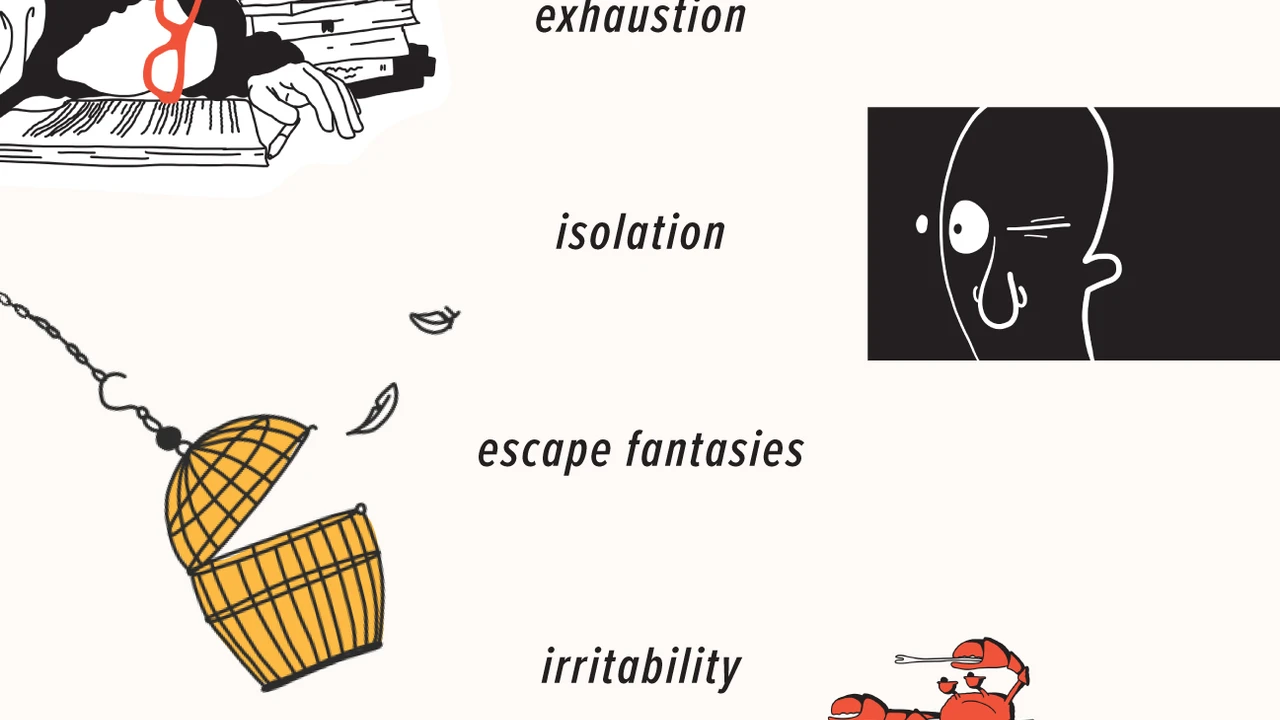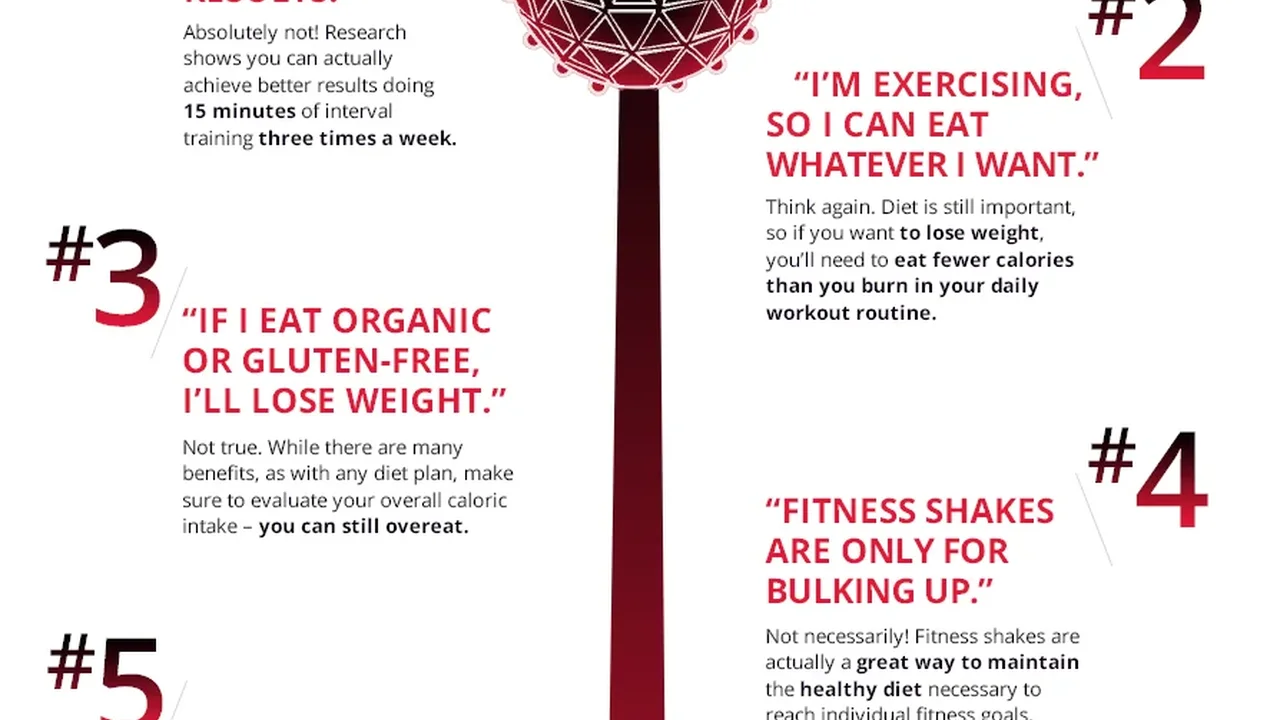Setting Healthy Boundaries: A Guide to Protecting Your Mental Health
Learn how to create a sustainable lifestyle and adopt eco-friendly practices. This guide covers essential tips for reducing your environmental impact. Contribute to a healthier planet and improve your well-being with sustainable living.

Understanding Sustainable Living and its Importance
So, what exactly *is* a sustainable lifestyle? It's all about making choices that meet our needs without compromising the ability of future generations to meet theirs. Think of it as living in harmony with the planet, using resources responsibly, and minimizing our negative impact on the environment. Why is this important? Well, our current consumption patterns are putting a serious strain on the Earth's resources, leading to climate change, pollution, deforestation, and loss of biodiversity. A sustainable lifestyle helps to mitigate these problems, ensuring a healthier planet for ourselves and for those who come after us. It's not just about the environment, either. It's also about social equity, economic viability, and creating a more just and equitable world.
Practical Tips for Reducing Your Environmental Impact: Key Steps to Sustainability
Making the transition to a sustainable lifestyle might seem daunting, but it doesn't have to be! It's about making small, consistent changes in your daily habits. Here are some practical tips you can start implementing today:
Reduce, Reuse, Recycle: The Cornerstones of Sustainable Waste Management
This is the golden rule of sustainability! The first step is to *reduce* your consumption. Ask yourself if you really need something before you buy it. Can you borrow it from a friend, rent it, or buy it second-hand? Next, *reuse* everything you can. Instead of throwing things away, find creative ways to repurpose them. Old jars can become storage containers, t-shirts can become cleaning rags, and so on. Finally, *recycle* everything that can't be reduced or reused. Make sure you know what your local recycling program accepts and sort your materials accordingly. A helpful tip is to keep separate bins for recyclables, compost, and trash. Consider composting food scraps and yard waste to reduce landfill waste and create nutrient-rich soil for your garden.
Conserve Energy: Saving Energy for a Better Future
Energy conservation is crucial for reducing greenhouse gas emissions and lowering your carbon footprint. Here are some simple ways to conserve energy at home:
- Switch to LED lighting: LED bulbs use up to 80% less energy than traditional incandescent bulbs and last much longer.
- Unplug electronics when not in use: Many electronics continue to draw power even when they're turned off. Unplugging them can save energy and money.
- Use energy-efficient appliances: When buying new appliances, look for the Energy Star label. These appliances meet strict energy efficiency standards.
- Adjust your thermostat: Lowering your thermostat in the winter and raising it in the summer can save a significant amount of energy. Consider using a programmable thermostat to automatically adjust the temperature based on your schedule.
- Wash clothes in cold water: Washing clothes in cold water saves energy and is often just as effective as washing in hot water.
- Air dry your clothes: Instead of using the dryer, hang your clothes to air dry. This saves energy and is gentler on your clothes.
Water Conservation: Preserving Our Precious Resource
Water is a vital resource, and it's important to conserve it. Here are some ways to conserve water at home:
- Fix leaky faucets and toilets: Even small leaks can waste a significant amount of water over time.
- Take shorter showers: Shortening your showers by just a few minutes can save gallons of water.
- Install low-flow showerheads and toilets: These fixtures use less water without sacrificing performance.
- Water your lawn efficiently: Water your lawn early in the morning or late in the evening to reduce evaporation. Use a sprinkler system that waters only the lawn, not the sidewalk or driveway.
- Collect rainwater: Use a rain barrel to collect rainwater for watering your garden.
Sustainable Transportation: Reducing Emissions on the Go
Transportation is a major source of greenhouse gas emissions. Here are some ways to make your transportation more sustainable:
- Walk or bike whenever possible: Walking and biking are great ways to get exercise and reduce your carbon footprint.
- Use public transportation: Public transportation is a more sustainable option than driving alone.
- Carpool: Share a ride with friends or colleagues to reduce the number of cars on the road.
- Drive an energy-efficient vehicle: When buying a new car, look for one with good fuel economy. Consider hybrid or electric vehicles.
- Maintain your car: Regular car maintenance can improve fuel efficiency.
Eat Sustainably: Making Conscious Food Choices
Our food choices have a significant impact on the environment. Here are some ways to eat more sustainably:
- Eat less meat: Meat production is a major source of greenhouse gas emissions. Reducing your meat consumption can have a significant impact.
- Buy local and seasonal produce: Buying local produce reduces transportation emissions and supports local farmers.
- Grow your own food: Growing your own fruits and vegetables reduces your reliance on the industrial food system.
- Reduce food waste: Food waste is a major problem. Plan your meals carefully, store food properly, and compost food scraps.
- Choose sustainably sourced seafood: Overfishing is a serious threat to marine ecosystems. Choose seafood that is sustainably sourced.
Support Sustainable Businesses: Investing in a Greener Economy
Supporting businesses that are committed to sustainability can help to create a greener economy. Look for companies that use recycled materials, conserve energy, and treat their employees fairly. Consider buying products with eco-labels, such as the Energy Star label or the Forest Stewardship Council (FSC) label.
Product Recommendations for a Sustainable Home: Specific Choices and Comparisons
Choosing the right products can significantly contribute to a more sustainable lifestyle. Here are some specific product recommendations with comparisons and pricing information:
Water Filters: Brita vs. PUR vs. ZeroWater
Scenario: Reducing reliance on bottled water and ensuring clean drinking water.
- Brita Water Filter Pitcher (~$25-40): A classic choice, easy to use and readily available. Filters out chlorine, taste, and odor. Replacement filters are relatively inexpensive. Good for general water filtration.
- PUR Water Filter Pitcher (~$30-45): Similar to Brita, but PUR filters are certified to remove more contaminants, including lead and mercury. Replacement filters tend to be slightly more expensive than Brita's.
- ZeroWater Water Filter Pitcher (around $40-50): Claims to remove 99.6% of all dissolved solids, providing the purest water. Requires more frequent filter changes, which can add up in cost. Good for individuals with concerns about specific water contaminants.
Recommendation: For most households, a Brita or PUR pitcher offers a good balance of cost, convenience, and filtration. If you're concerned about specific contaminants, ZeroWater might be worth the investment, but be prepared for more frequent filter replacements.
Reusable Shopping Bags: Standard Tote vs. Foldable Bag vs. Produce Bags
Scenario: Eliminating single-use plastic shopping bags.
- Standard Tote Bag (~$5-15): Durable and can hold a lot of groceries. Often made from canvas or recycled materials. Can be bulky to store.
- Foldable Bag (~$8-20): Lightweight and folds down small for easy storage. Often made from nylon or polyester. May not be as durable as a standard tote.
- Reusable Produce Bags (set of several, ~$10-25): Mesh or cotton bags for carrying fruits and vegetables without using plastic produce bags.
Recommendation: A combination of all three! Keep a few standard totes in your car for larger grocery trips. Carry a foldable bag in your purse or backpack for unexpected shopping trips. And use reusable produce bags to avoid plastic bags in the produce section.
Bamboo Toothbrushes: Standard Plastic vs. Bamboo
Scenario: Reducing plastic waste in personal care.
- Standard Plastic Toothbrush (~$2-5): Readily available and inexpensive, but contributes to plastic pollution.
- Bamboo Toothbrush (~$4-8): Made from sustainable bamboo, a fast-growing and biodegradable material. The bristles are often made from nylon, which is not biodegradable, but some brands offer plant-based bristle options.
Recommendation: Bamboo toothbrushes are a simple and effective way to reduce your plastic consumption. Look for brands that offer bamboo handles from sustainably managed forests and consider composting the handle after removing the bristles (if they are not biodegradable).
Compost Bins: Countertop Compost Bin vs. Outdoor Compost Bin
Scenario: Reducing food waste and creating nutrient-rich compost.
- Countertop Compost Bin (~$20-50): A small, convenient bin for collecting food scraps in the kitchen. Often includes a lid and charcoal filter to reduce odors.
- Outdoor Compost Bin (~$50-200+): A larger bin for composting yard waste and larger quantities of food scraps. Can be a tumbler-style bin for easier mixing or a traditional open bin.
Recommendation: Start with a countertop compost bin for easy kitchen collection. If you have a yard, consider investing in an outdoor compost bin to compost yard waste and larger quantities of food scraps. If you don't have a yard, you can still compost using a worm composting system (vermicomposting) indoors.
Smart Thermostats: Nest vs. Ecobee
Scenario: Optimizing home energy consumption and reducing heating/cooling costs.
- Nest Learning Thermostat (around $200-250): Learns your habits and automatically adjusts the temperature to save energy. Easy to install and use. Sleek design.
- Ecobee Smart Thermostat (around $180-250): Offers similar features to Nest, but also includes room sensors that can help to optimize temperature in different areas of your home. More customizable than Nest.
Recommendation: Both Nest and Ecobee are excellent smart thermostats. Nest is a good choice if you want a simple, easy-to-use thermostat that learns your habits automatically. Ecobee is a better choice if you want more customization options and the ability to optimize temperature in different rooms.
Embracing a Circular Economy: Closing the Loop
The concept of a circular economy is gaining traction as a way to move beyond the linear "take-make-dispose" model of consumption. A circular economy aims to keep resources in use for as long as possible, reducing waste and pollution. Here are some ways to participate in a circular economy:
- Repair and repurpose items: Instead of throwing things away when they break, try to repair them or repurpose them for a new use.
- Buy second-hand: Buying used items reduces the demand for new products and keeps resources in circulation.
- Rent or borrow items: Renting or borrowing items that you only need occasionally is a more sustainable option than buying them.
- Support businesses that prioritize circularity: Look for companies that offer repair services, take-back programs, or use recycled materials.
Small Changes, Big Impact: The Power of Collective Action
Remember that even small changes can have a big impact when adopted by many people. By making conscious choices in our daily lives, we can all contribute to a more sustainable future. It's not about being perfect, it's about making progress. Start with a few simple changes and gradually incorporate more sustainable practices into your lifestyle. Every effort counts!
:max_bytes(150000):strip_icc()/277019-baked-pork-chops-with-cream-of-mushroom-soup-DDMFS-beauty-4x3-BG-7505-5762b731cf30447d9cbbbbbf387beafa.jpg)






